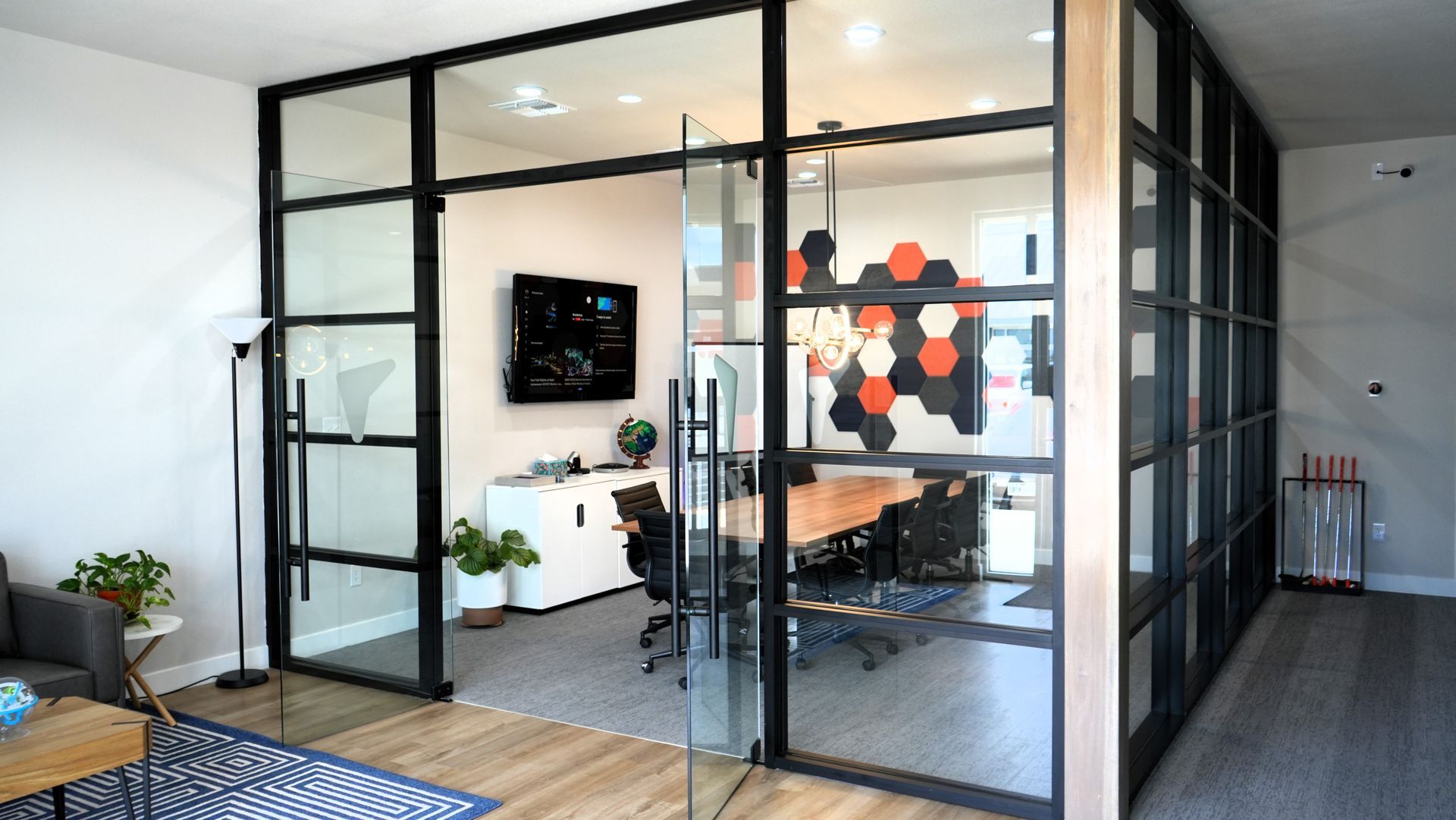What is a Tenant Finish-Out?
What is a Tenant Finish-Out? Your Guide to Customizing Commercial Spaces

Transform Your Leased Space from Bland to Brand: Understanding the Essentials of Tenant Improvements
If you're a business owner looking to move into a new commercial space, you've probably come across the term "tenant finish-out." But what exactly does it mean, and why is it so important? Let's dive in and demystify this crucial step in making a commercial space your own.
Tenant Finish-Out: The Basics
Simply put, a tenant finish-out (also known as a tenant improvement or TI) is the process of customizing a commercial space to meet the specific needs and preferences of a new tenant. It's the transformation of a bare-bones commercial space into a functional, branded environment that aligns with your business operations and image.
When Does a Tenant Finish-Out Come into Play?
Tenant finish-outs typically occur in these scenarios:
- Moving into a newly constructed building
- Leasing a previously occupied space that needs updating
- Expanding or reconfiguring your current commercial space
What Does a Tenant Finish-Out Include?
The scope of a tenant finish-out can vary widely depending on your needs and budget. Here are some common elements:
- Interior walls and room divisions: Creating the layout that works best for your business
- Flooring: Installing carpets, tiles, or other appropriate flooring
- Lighting: Setting up task lighting, ambient lighting, and accent lighting
- Electrical and data systems: Ensuring you have the power and connectivity your business needs
- HVAC adjustments: Optimizing heating, ventilation, and air conditioning for comfort and efficiency
- Plumbing: Installing or modifying plumbing for bathrooms, kitchens, or specific business needs
- Paint and finishes: Applying your brand colors and preferred finishes
- Custom features: Adding elements unique to your business, like a reception desk, built-in shelving, or a server room
Why is a Tenant Finish-Out Important?
- Customization: It allows you to create a space that truly reflects your brand and meets your operational needs.
- Efficiency: A well-planned finish-out can improve workflow and productivity.
- Employee satisfaction: A thoughtfully designed space can boost morale and attract top talent.
- Customer experience: For client-facing businesses, the right finish-out can enhance the customer's perception and experience.
- Cost-effectiveness: It's often more economical to customize an existing space than to build from scratch.
The Tenant Finish-Out Process
- Planning: Work with your team to determine your needs and wants for the space.
- Design: Collaborate with architects or designers to create a plan that meets your vision and budget.
- Approval: Get necessary approvals from the landlord and local authorities.
- Construction: Partner with a reliable contractor to bring your plans to life.
- Inspection: Ensure all work meets building codes and standards.
- Move-in: Finally, it's time to enjoy your new, customized space!
Financing Your Tenant Finish-Out
Tenant finish-outs can be financed in several ways:
- Tenant improvement allowance: Many landlords offer an allowance to help cover costs.
- Rent concessions: Some landlords may offer reduced rent in exchange for improvements.
- Self-financing: You might choose to pay for improvements yourself, especially if they're specific to your business needs.
Choosing the Right Partner for Your Tenant Finish-Out
A successful tenant finish-out requires expertise and experience. Look for a contractor who:
- Has a proven track record with commercial renovations
- Understands local building codes and regulations
- Can work within your timeline and budget
- Communicates clearly throughout the process
- Offers creative solutions to maximize your space and investment
At Five Mile Construction, we specialize in bringing your vision to life through expert tenant finish-outs. We understand that your space is more than just four walls - it's an extension of your brand and a tool for your success.
Ready to transform your commercial space into the perfect environment for your business? Let's talk about your tenant finish-out project today!



